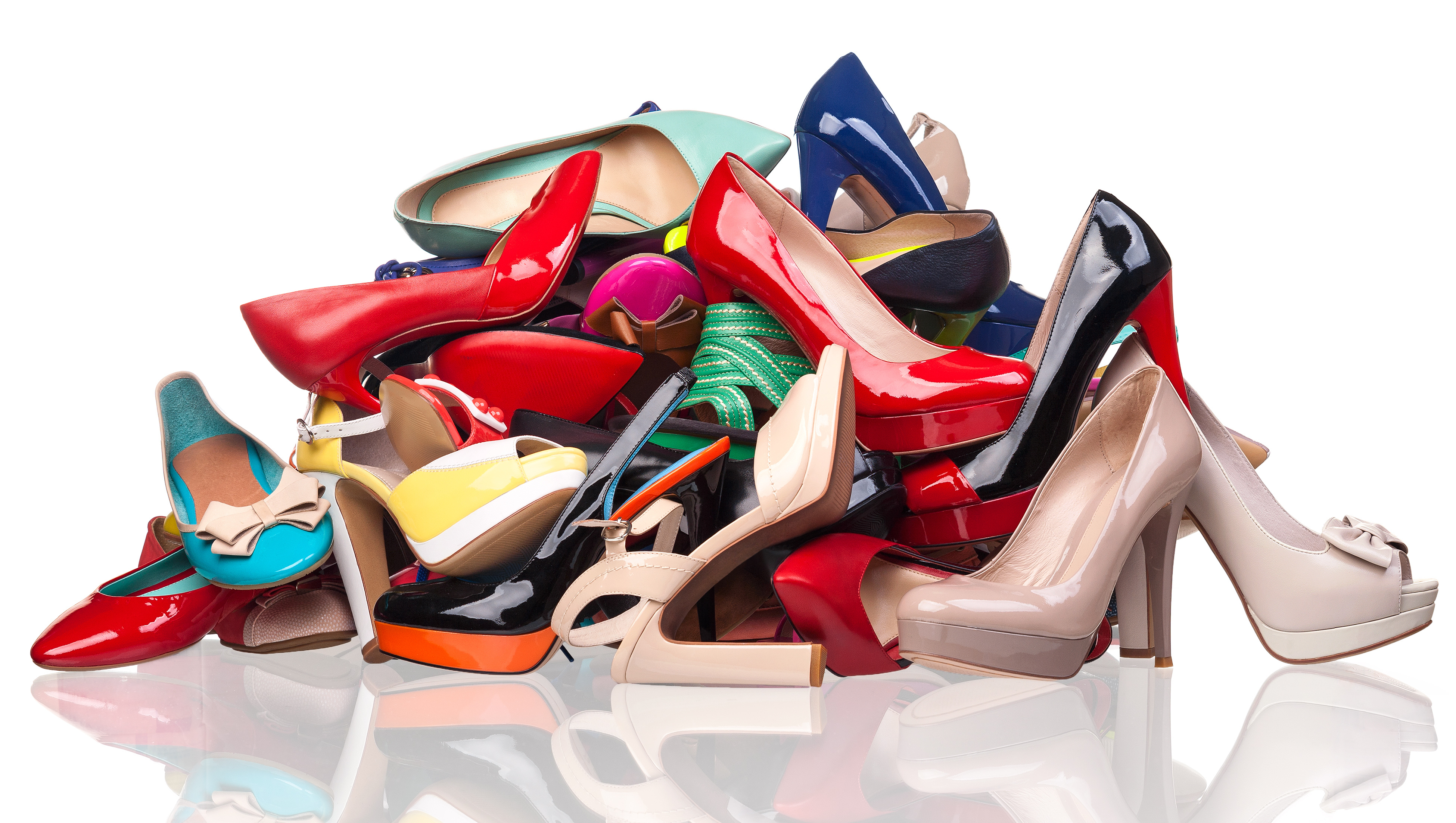Look around any busy, bustling stable yard and the chance are you will never see the horse owners, riders and grooms wearing their so-called proper riding boots around the yard – good riding boots are very expensive and no-one wants to get their good footwear that messy and dirty. Let’s face it, that sort of mess and dirt will soon start discolouring and deteriorating the leather (no turn out rosette for you). Neither are those less expensive PU or long rubber riding boots, or ordinary wellies (even the most stylish, or country-style) aren’t such a good idea, as anyone whose heavyweight cob has ever carefully placed his enormous hoof over their own unprotected foot will be able to tell you. Also, from more of a safety angle, most ordinary riding boots, by definition, will lack the necessary grip for those arduous yard duties, or trying to catch stubborn ponies while stomping around a muddy field for hours on end. No doubt this was why some clever horse owner finally invented mucker boots – and why soon, those muckers were closely followed by a burgeoning array of other dedicated stable and yard footwear.

Footwear for the job at hand
The right yard boots and stable footwear for you will depend totally upon what you tend to do around the yard. If mucking out countless boxes and stalls is your responsibility, along with the poo picking of several acres of field, then a classic yard or mucker boot is a handy and kind to the budget option. They’re typically robust and waterproof, with sturdy rubber soles and a good grip, often with reinforced toes and steel shanks for arch-support, wipe-able synthetic or rubber uppers, padded ankles for support, and with easy to open-and-close fasteners. They should always have a warm and yet breathable lining, and be a good, roomy fitting so you can squeeze plenty of warm socks on under there.
Traditionally, muckers are usually ankle length, so if your paddocks are particularly wet or your muck heap particularly deep, and you need more height, welly-style equestrian footwear is one handy option. These tend to be completely waterproof, as you’d expect, but made of a stretchy neoprene material for a closer, flexible and more comfortable fit than standard wellington boots. They often have a warm and breathable lining so no more cold feet after a morning instructing in the manége. Look for a pair with a sturdy grip and reinforced steel toe cap. Many of these longer-style stable boots are also safe for riding in, as they‘re purposely equipped with a small heel and slim leg. Some are even manufactured with a spur rest, and so are a practical choice when you’re hacking out or schooling, as well as carrying out all the stable duties. Country boots, sometimes known as river boots, bridge the gap between yard boot, walking boot and riding boot. They’re usually made from waterproofed leather and are sturdy enough for following the hunt on foot whilst also with the right foot shape, and heel, for hacking out.
Boots for all occasions
These days, there are also many other options which can take you from the yard, into the saddle, and right back again. Paddock boots are usually very smart (smart enough even for some competitions, but rather more strongly built, with a tougher tread, than standard jodhpur boots). Usually with a zip or laced-up, with a small heel, and often comfortable enough to throughout day, some are also reinforced. You’ll need to take particularly good care of the leather if intending to wear them for shows. Other ankle-length lace up boots can be practical yard boots, sometimes with a small heel appropriate for riding, but definitely not for competition. They look like walking boots and are similarly warm and supportive.
There’s plenty of choice in all the equestrian stores and online retailers such as Ride4Less, so think about exactly what you need: if you want to ride in them, it’s absolutely imperative that they have a small heel and aren’t so wide as to be able to get jammed in the stirrup irons. If they’re only for the yard, waterproof and sturdy are the important criteria. Either way, look after your boots – and they’ll look after you and your feet.



